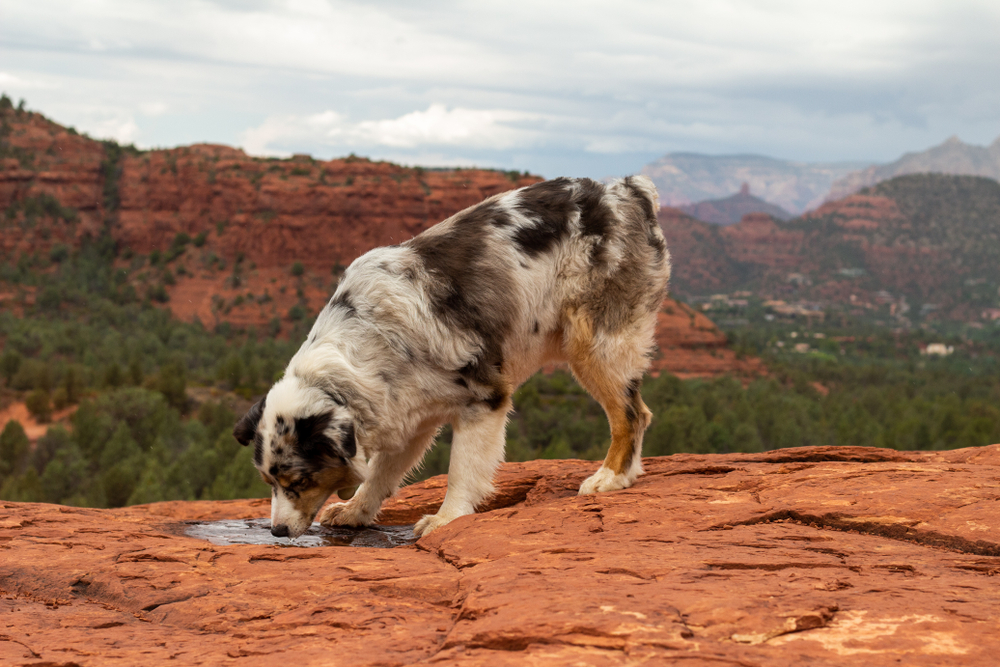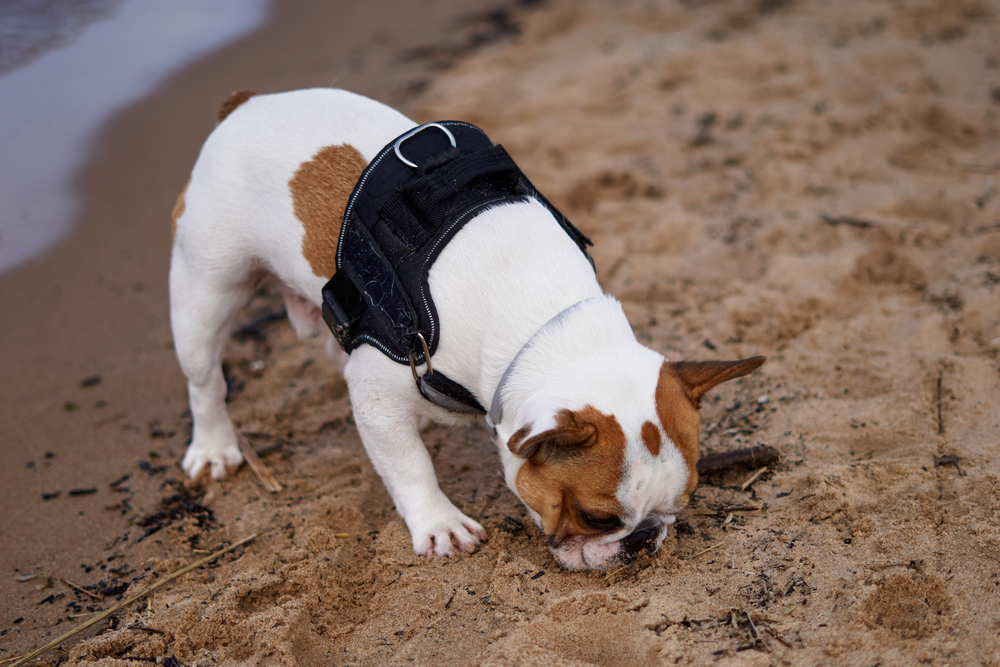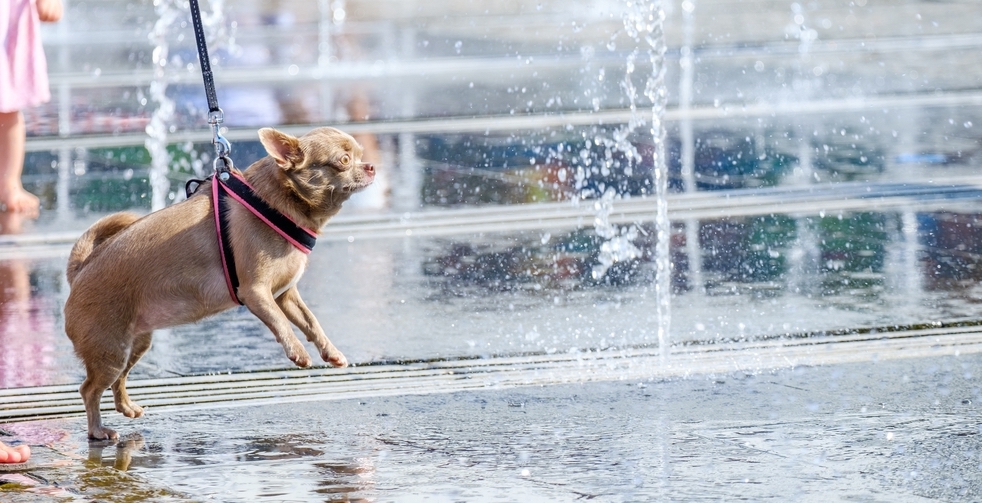From Puddles to Parasites: The Hidden Dangers of Stagnant Water for Pets

What’s Lurking in Stagnant Water?
Leptospirosis
Leptospirosis is a serious bacterial infection transmitted through water contaminated with the urine of infected animals (often wildlife or rodents). Pets can contract it by drinking or simply walking through contaminated water. It can lead to kidney and liver failure—and it’s contagious to humans, too.
Giardia
This parasite thrives in standing water and can cause severe diarrhea, vomiting, and dehydration. It spreads easily, especially among pets that frequent dog parks or wooded trails.
Heartworm from Mosquitoes
Mosquitoes lay eggs in stagnant water, and they’re the primary carriers of heartworm disease in pets. One bite is all it takes to infect your pet with this potentially fatal condition.
Toxic Algae
Warm, stagnant water can sometimes contain blue-green algae, which is highly toxic to pets. Ingesting even a small amount can lead to seizures, liver failure, or death.
How to Keep Your Pet Safe
Avoid Drinking from Puddles or Streams: Bring a clean water bottle for your pet during walks or hikes.
Dump and Clean Outdoor Water Bowls Daily: Especially in warmer weather.
Eliminate Standing Water at Home: Check flower pots, birdbaths, and gutters regularly.
Stay on Top of Preventatives: Make sure your pet is protected against heartworms, fleas, and ticks year-round.
Vaccinate Against Leptospirosis: Ask your vet if your pet is due for this important vaccine.














